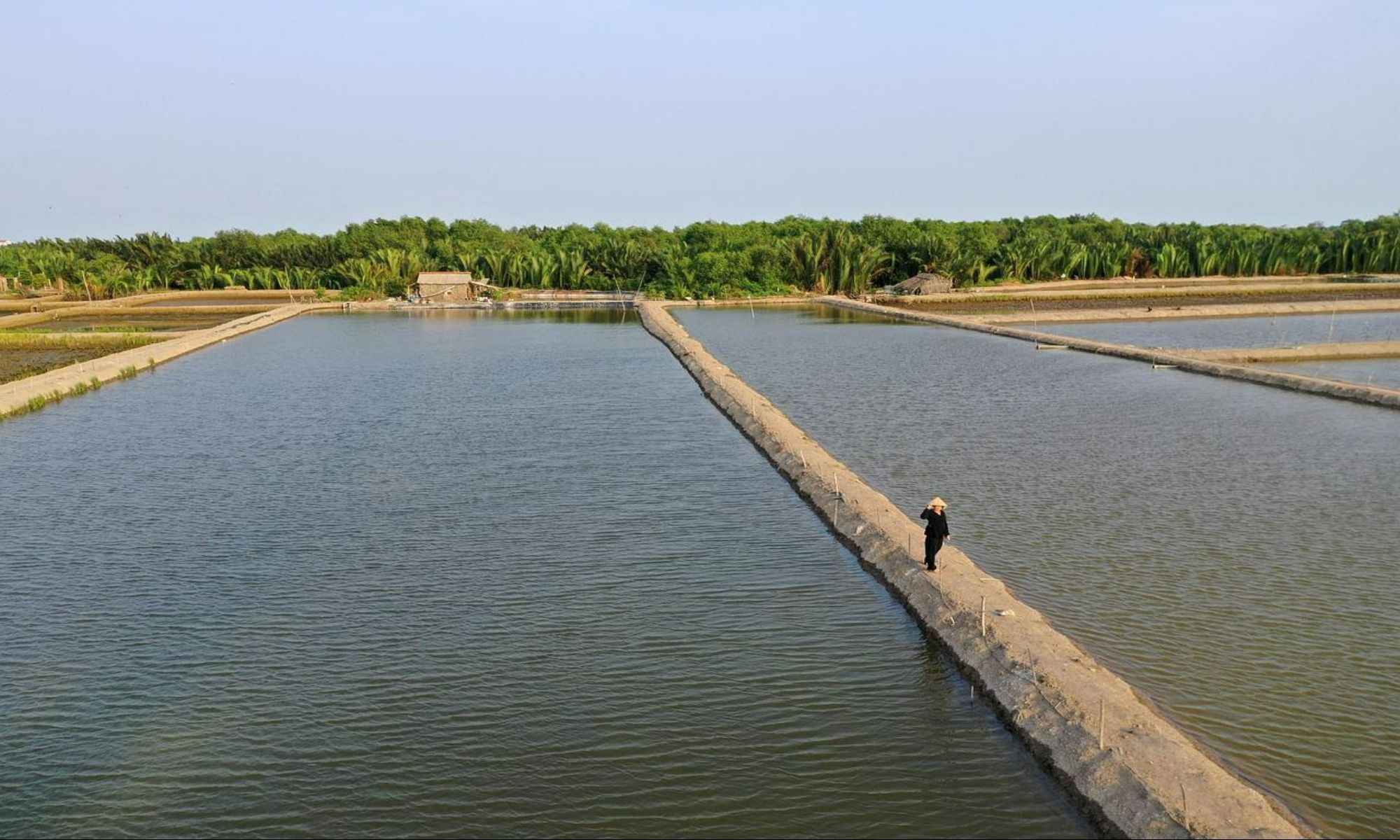Field and Stream Fishing
Science has made it possible to advance technology in agriculture and aquaculture by combining both. Learn more about this technology.

Over time, science has made it possible to advance technology in agriculture and aquaculture by combining both. For anglers, this information means new and exciting ways by which they could fish. But what are field and stream fishing exactly? How do they differ? What makes them appealing to people? Well, we got the answers for you.
Field Fishing
Rice farming and aquaculture, most frequently with freshwater fish, are combined in this polyculture technique. This technique is highly prized because it was among the first recognized by the Food and Agriculture Organization Global Environment Facility (FAO-GEF) as a "Globally Important Agricultural Heritage System.” It is based on developing a symbiotic relationship between rice and fish when put into the same habitat, which benefits both parties. These systems have numerous advantages, including social, economic, and environmental ones.
The Rice-Fish Symbiosis theory serves as the foundation for rice-fish systems. Fish and rice, a semi-aquatic wetland crop, coexist in aquatic habitats and gain from each other's presence, forming a mutualistic connection. The idea has changed over time, and significant technological advancements have made the practice more widely accepted. The construction of canals in the formerly flat rice fields had the notable effect of allowing fish to grow even during the rice harvest and dry seasons. This was done in conjunction with the installation of fences.

Since they both benefit from growing in the same ecosystem, rice and fish have a mutualistic symbiosis. The rice protects the fish, offering shade and lowering the water's temperature to provide a more hospitable environment. Rice plantings improve the environmental conditions because they reduce the levels of ammonia in the water and the overall amount of nitrogen in the soil. The herbivorous insects on the rice provide fish with a second food supply, which is another benefit.
On the other hand, fish decrease weeds, diseases, pests, and insects. Brown plant hoppers are among the nuances, and the inclusion of fish can help to avoid the rice sheath blight, a significant disease. By eliminating weeds, rice and weeds compete less for nutrients, which increases the number of nutrients available to the rice and improves nutrient uptake. By utilizing the Carbon dioxide released by the fish during photosynthesis, the rice may benefit from the Carbon dioxide release caused by their presence.
The addition of fish significantly impacts soil fertility since fish feces is an organic fertilizer and increases soil organic matter levels. The change in nitrogen, phosphorus, and potassium also affected water quality and soil fertility. The symbiosis offers a successful nutrient recycling system. Overall, the presence of fish in rice fields promotes soil health, organism diversification, productivity, and the sustainability of production.
Stream Fishing

Fishing on a quiet lake is very different from fishing in a stream. The location of fish that can be caught depends on the continually shifting water, which also influences your fishing methods. Successful lake anglers frequently have difficulty fishing streams and rivers. This is due to the difficulty of reading a river for fishing. You may increase the number of hookups with live bait on your next stream fishing trip by knowing where to catch fish, the best tackle sets, and effective stream fishing strategies.
Regardless of your fishing equipment, it won’t be easy to catch fish if you don't know where to find fish. You must comprehend how fish interact with the current and the structure of the water when you fish in rivers and streams. Around areas of structure, such as downed trees or sizable rock outcrops, will be good fishing locations. When considering where to discover fish in streams, don't limit your attention to only these regions. The greatest stream fishing places are those with plenty of forage, safety from current, predators, and protection for fish.
Known Fishing Spots in Streams
Due to the abundance of food available in these regions, undercut banks are a fantastic place to fish. You can fish these undercut banks by casting upstream and letting the current transport your fishing bait beneath the bank.

Anglers frequently overlook riffles when stream fishing. However, riffles are the finest areas to find fish while they are aggressively consuming live bait. Fish riffles from downstream or across the current to avoid scarring fish. A minnow can be floated through a riffle and downstream to a waiting fish with good results.
Every angler starts in deep pools, and for a good reason. Typically, riffles allow fast water to enter pools, settle down, and then quickly leave again. Your fishing efforts should focus on these two "ends," where the water enters and leaves the pool. Fish are easier to catch when actively feeding on live bait in the upper two-thirds of the water column.
Sometimes the only place to fish in areas of water with strong currents is on islands or large rock outcrops. Cast upstream where the river meets the calm water to elicit biting.
The term "vegetation" typically refers to shoreline vegetation. Fish are attracted to overhanging plants, particularly those that are submerged in water to some extent. The areas closest to vegetation are ideal for live bait fishing. Send a live minnow to the edge and let it drift past; the bass will eat it.
Everything, including new additions and structural changes, is in river bends. These serve as a spot for gathering food and harvesting floating trees. Fishing along the edge from a location further downstream will yield results.




